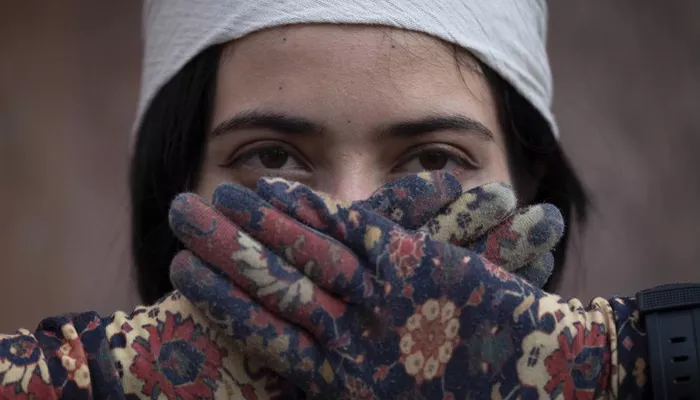Sanam Mahloudji’s debut novel The Persians, longlisted for the 2025 Women’s Prize for Fiction, delves deeply into the complexities of memory, exile, and generational trauma. The novel follows three generations of Iranian women, navigating the cultural divides between Iran and America, and reflects on the cyclical nature of history—a history that refuses to remain passive, but instead continually reasserts itself.
The narrative unfolds with a dream, symbolizing the uncertain interplay between reality and illusion. One of the women dreams of a dead person who bleeds, suggesting that the past, no matter how buried, continues to bleed into the present. This sets the tone for a story where the past is never truly gone, and its scars continue to shape the lives of those who attempt to move forward.
At the heart of the novel are five women: Elizabeth, Shirin, Seema, Bita, and Niaz. Elizabeth, the matriarch, is a figure of both myth and authority, embodying the weight of history. Shirin and Seema, daughters of Elizabeth, flee Iran during the 1979 Islamic Revolution, but Seema does not survive into the 21st century. Her daughter, Bita, raised in the affluent suburbs of America, is haunted by the absence of her mother and the ghost of her family’s past. Meanwhile, Niaz, Shirin’s daughter, stays behind in Tehran, experiencing the suffocating confines of life under the Islamic Republic.
Mahloudji’s narrative begins not in Tehran or Los Angeles but in Aspen, during a family reunion that descends into absurdity when Shirin is arrested for soliciting. This event sets off a chain reaction, turning what starts as a farcical American moment into an Iranian tragedy. The novel thrives in its exploration of exile and grief, portraying the deep emotional and psychological burdens that such dislocation causes. Mahloudji’s writing resonates with the rawness of grief, particularly in how exile sharpens the tongues of those who live with it.
The character of Elizabeth, written in the third person, carries an air of detachment that mirrors her position as the family matriarch. She is a figure shaped by history, but one whose lessons from the past remain elusive. In contrast, Shirin, her daughter, is an embodiment of raw emotion and desire for visibility. She is the character most likely to provoke mixed feelings in readers—her extravagance is tinged with tragedy, and her relentless desire to be seen makes her, in many ways, the most American of all the women.
The novel’s central theme is the repeated failures of women from one generation to the next. Iran stands once again on the brink of change, but as The Persians reminds us, history often repeats itself in cycles. Mahloudji’s portrayal of Niaz’s life in Tehran is particularly striking—she is not a romanticized revolutionary figure, but rather a complex character who understands that history is indifferent to individual suffering. Niaz’s belief in the inevitability of a new revolution, and her quiet determination to be ready for it, embodies the resilience of women who refuse to be fully crushed by the weight of history.
However, while The Persians excels in its exploration of the personal and political entanglements of its characters, it sometimes struggles to push them beyond their established roles. The rebellious exile, the sorrowful grandmother, and the privileged American daughter are all powerful archetypes, but at times they feel tethered to these identities. The novel is more interested in chronicling the burden of history than allowing its characters to fully break free from it. Mahloudji’s preoccupation with history—its weight, its repetition, and its cruelty toward women—gives the novel a sense of inevitability, and while this makes for a compelling read, it also leaves little room for escape from the past.
Ultimately, The Persians is a powerful meditation on how history, with all its complexities and contradictions, shapes the lives of those who must live within its shadow. Mahloudji’s debut is a poignant reminder that the past is never truly gone—it bleeds into the present, forming the intricate tapestry of our lives.

